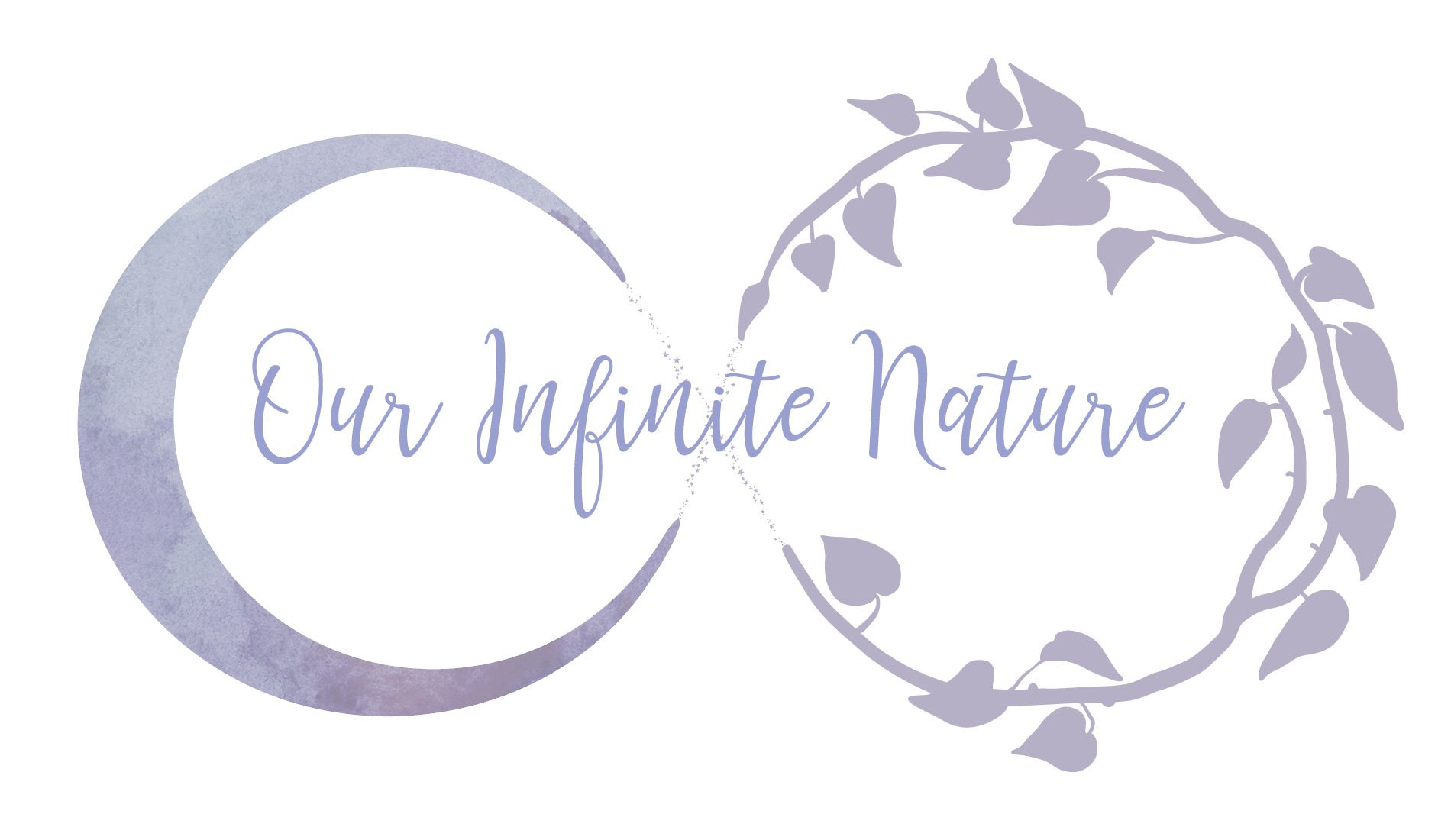Kitchen Gardens 3: Planting Your Garden
You’ve planned out your garden and got your beds all ready for planting, with tilled soil and possibly even amendments like compost and fresh top soil. Now you get to the really fun part - planting your garden!
How to plant:
I like to take all my plants still within their nursery pots and just lay them out on the soil just to get a good feel for the layout and spacing requirements.
I keep in mind companion planting, adding in some herbs and edible flowers for pest control, as well as ensuring some plants are planted closer together and others further apart. (You can read more about companion planting in my previous post - Planning you Kitchen Garden).
Here is the layout I went with this year:
Bed 1:
crimson sweet watermelon
zucchini gold squash
zucchini
flying saucer squash
eggplant nubia
bushy cucumbers
California Poppies
Marigolds
Bed 2:
sugar pod peas
Cherokee purple heirloom tomatoes
Juliet grape tomatoes
dill
broad leaf basil
purple basil
buttercrunch lettuce
millionaire eggplant
marigolds
Bed 3:
nasturtium
chrysanthemums
California poppy
rosemary
thyme (French)
variegated sage
sage
golden oregano
oregano
cilantro
vietnamese cilantro
spearmint and mojito mint (in separate pots)
Dig down into your soil about as deep as the nursery pots. I add in some EB Stone Plant Food sprinkled into the bottom of the hole and then plant the baby plants.
Worm Castings
After reading about the benefits of warm castings I decided to add this popular soil amendment to our raised bed gardens this year. What are worm castings? Basically it’s worm poop - yup, worm poop. Why is it great for the plants? Well here are just a few reasons:
they add over 60 micronutrients and trace minerals to the soil including calcium, magnesium, phosphates, nitrogen and potash.
they have the ability to fight off plant diseases due to the ability of the humus within the castings has to absorb toxins and harmful bacteria and fungi from the soil.
they help with pest control! By adding the casting to the soil it encourages the plants to secrete more of an enzyme that is disliked by the plant juice eating pests like white flies, aphids and spider mites.
watering it all in!
Once I have planted all the plants, using the plant food, and adding some warm castings, then I gently water in all the baby plants using the rainfall setting on my garden hose. At this point in our growing season here in North County San Diego (Hardiness Zone 10a,) I set the irrigation within the beds to run two mornings per week. We are still somewhat cool and overcast at this point in the year, and still even have an occasional sprinkling of rain as well. If it is has been hot and dry, I will water up to two more times per week, again using the rain setting on my garden hose, and making sure not to water during the hottest and sunniest midday hours (when the water will just evaporate away and could even cause some leaf burning), instead opting to water either in the early overcast morning and cooler evening times. Once we get into the hotter and drier conditions of our summer, I will increase the irrigation to three times per week, with added occasional hose watering as needed.
And then you get to watch your garden grow!!
There are so many benefits to growing your own garden. Click HERE to learn more about gardening benefits!
Have questions? Contact me!
thanks for reading!
-rachael
sources:
San Diego Hydro - The Benefits of Worm Castings
Planet Natural Research Center - Worm Castings: Plant Superfood
Infinite Succulent: Miniature Living Art to Keep or Share published by The Countryman Press in 2019.
Purchase Below:




